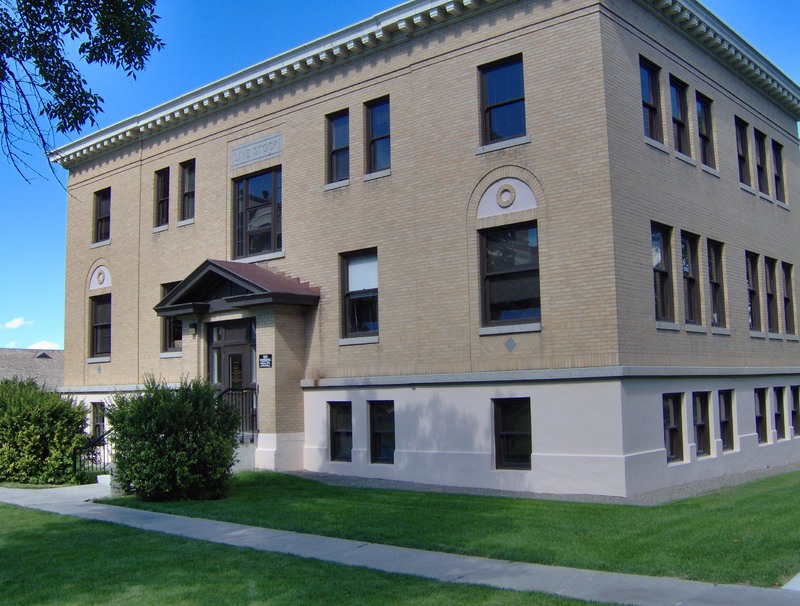
Concerns about communicable diseases and unsanitary slaughterhouse conditions prompted the creation of the Livestock Sanitary Board in 1907. Originally housed in the new State Capitol, its duties quickly expanded and the need for laboratory and research facilities—inappropriate in the State Capitol—came to the forefront. Montana stockmen helped generate funding for a new building and Link and Haire, architects of the Capitol’s wings, drew the plans. Completed in 1918, it was the first building on the campus constructed for, and by, an individual state agency. Drawing upon the Neoclassical and Renaissance Revival styles, the restrained design harmonizes with that of the Capitol but does not replicate its grandeur. The original floorplan reflected the agency’s needs with space for research animals, cages, laboratories, and offices. The work was important and sometimes hazardous. In 1919, state bacteriologist Dr. Arthur McCray died of spotted fever after injecting guinea pigs with the bacteria in the laboratory here. The Animal Health Division of the Department of Livestock absorbed the Livestock Sanitary Board in 1971, but the Livestock Department continued to occupy the building until 1975.
Images





